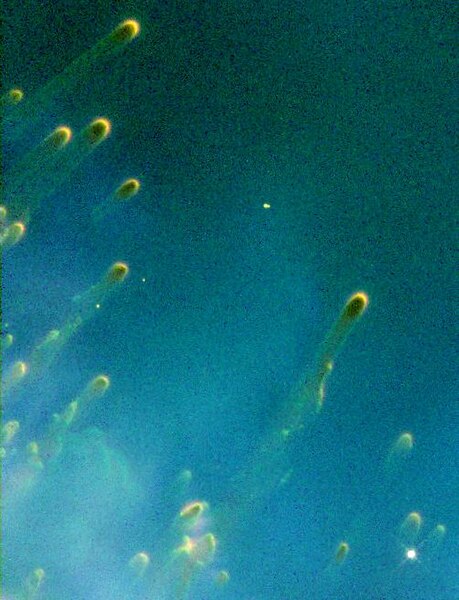Datei:Helix-nebula-detail-hubble.jpg

Größe dieser Vorschau: 459 × 600 Pixel. Weitere Auflösungen: 184 × 240 Pixel | 502 × 656 Pixel
Originaldatei (502 × 656 Pixel, Dateigröße: 55 KB, MIME-Typ: image/jpeg)
Dateiversionen
Klicke auf einen Zeitpunkt, um diese Version zu laden.
| Version vom | Vorschaubild | Maße | Benutzer | Kommentar | |
|---|---|---|---|---|---|
| aktuell | 14:35, 31. Dez. 2011 |  | 502 × 656 (55 KB) | Prof. Professorson | Without border and caption, from http://hubblesite.org/newscenter/archive/releases/1996/13/image/b/ (http://imgsrc.hubblesite.org/hu/db/images/hs-1996-13-b-full_jpg.jpg). |
| 15:08, 29. Okt. 2011 |  | 600 × 840 (79 KB) | Audriusa | {{Information |Description=Helix Nebula knots |Source=http://de.wikipedia.org/wiki/Datei:Helix-nebula-detail-hubble.jpg, http://hubblesite.org/newscenter/newsdesk/archive/releases/1996/13/image/b |Date= |Author=NASA |Permission={{PD-NASA}} |other_versions |
Dateiverwendung
Die folgende Seite verwendet diese Datei:
Globale Dateiverwendung
Die nachfolgenden anderen Wikis verwenden diese Datei:
- Verwendung auf af.wikipedia.org
- Verwendung auf ar.wikipedia.org
- Verwendung auf bn.wikipedia.org
- Verwendung auf en.wikipedia.org
- Verwendung auf fr.wikipedia.org
- Verwendung auf lt.wikipedia.org
- Verwendung auf zh.wikipedia.org

